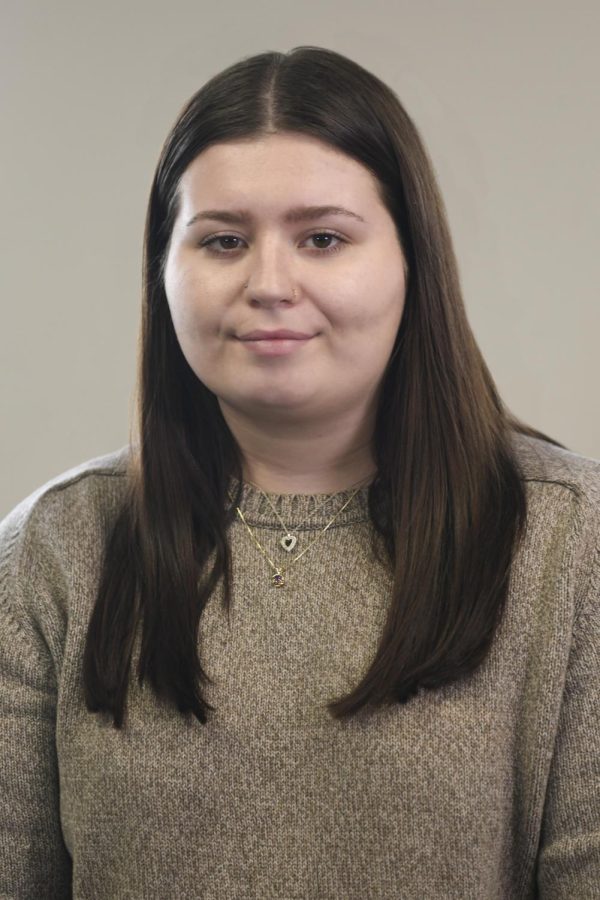REFLECTION: ‘Shrill’ gives us the body representation we needed
March 20, 2019
As a little girl, I grew up fantasizing about the day that I would miraculously lose weight and become the kind of person I’d always wanted to be: thin, and therefore, beautiful.
My false hope for a fairytale weight-loss story is attributed to the movies and TV shows I grew up watching as a child.
Movies like “Shallow Hal,” where the storyline is built on the idea that thin is good and fat is bad; and TV shows like “Friends,” where Monica, a main character in the show, is repeatedly tormented by her fat younger self, now that she has miraculously lost the weight as an adult.
Not only did mainstream media give me a false hope that one day my metabolism would randomly speed up and I’d drop 50 pounds for no reason, but they ingrained an idea I still have trouble not believing today: thin is beautiful and fat is ugly.
I grew up believing I was ugly because of my size, and popular culture’s traditional portrayal of beauty led me down that dark and lonely path.
How could I think positively about my size? No one had ever told my story in a movie or TV show. Until last Friday, when Hulu released the first season (six episodes) of “Shrill.”
Within the first episode’s very first minute, when the main character, Annie (played by “Saturday Night Live” cast member Aidy Bryant), bends down and pulls her shirt down over knees in an attempt to stretch out her shirt, I felt recognized.
Yes, the show’s main character is plus-sized, but what makes it most empowering is that the show isn’t built on her size alone. The show isn’t another fairytale weight-loss story.
The show — based on a collection of essays by Lindy West — starts quickly. The first season starts with Annie allowing people to walk all over her because she thinks so poorly of herself. Which again, I relate to.
Annie’s lowly self-perception is called out in a powerful scene in the first episode, where she finds out she accidentally conceived a child with a guy who treats her badly. She confesses to her friend that the only reason she doesn’t entirely want to get an abortion is because she doesn’t want to pass up what she feels could be her only chance at motherhood.
“I keep having this little thought of maybe this is my chance to be a mom,” she says to her friend Fran at a flea market in the first episode. “I just mean, there have been moments in my life where I didn’t think I would ever get to have that, because of what I look like. Or because there’s a certain way your body was supposed to be, and I’m not that.”
What makes this scene so powerful, to me personally, is that I have had this exact conversation with a close friend. I, like Annie, once believed that no one would ever love me enough to have a child with me because of my size.
Instead of shedding her extra weight, like her mom pushes her to (also relatable), Annie abandons any idea of a diet in the first episode after she decides she’s going to embrace who she is instead of obsessing and worrying about who she isn’t.
The fact that Annie is fat doesn’t carry much significance past that first episode. After it, her character expands.
She has a complicated relationship with her parents, she’s trying to turn her occasional hook up into a steady relationship and she’s trying to break into a career in journalism — while she just happens to be fat.
It’s a simple, everyday concept to those who can relate to Annie’s character. However, to mainstream media, the idea that a fat girl could be more than just the show’s “fat girl” is revolutionary.
Abigail Miller is a feature writer. You can contact her at [email protected].
























